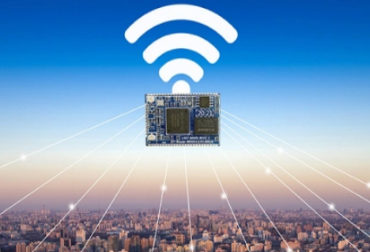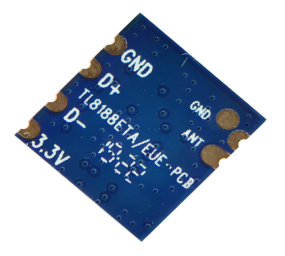Understanding the Three Commonly Used Interfaces
Wireless communication has become an integral part of our daily lives, and WIFI modules play a crucial role in enabling this communication. These small devices are embedded in various electronic devices, allowing wireless internet connectivity. To seamlessly integrate WIFI into diverse contexts, manufacturers have developed three common interface types for WIFI modules. In this article, we will delve into these interface types, explaining their features, advantages, and possible use cases.
1. UART Interface
The UART (Universal Asynchronous Receiver-Transmitter) interface is the most basic and widely used interface for WIFI modules. It uses a simple serial communication protocol to transmit and receive data. The UART interface allows for direct control of the WIFI module through commands sent over a serial connection. This interface is easy to use and is compatible with most microcontrollers. However, it only supports low data rates, limiting its application in scenarios that require high-speed data transfer.
2. SPI Interface
The Serial Peripheral Interface (SPI) is a synchronous serial communication interface commonly used in embedded systems. WIFI modules with the SPI interface exchange data with other devices using a master-slave configuration. The SPI interface offers higher data rates compared to UART, making it suitable for applications that demand rapid data transfer. Moreover, it enables full-duplex communication, allowing simultaneous data transmission and reception. However, the SPI interface requires more pins and more complex hardware implementation compared to UART.

3. I2C Interface
The Inter-Integrated Circuit (I2C) interface is another widely used serial communication interface for WIFI modules. It facilitates communication between multiple devices using only two wires: a clock line (SCL) and a data line (SDA). The I2C interface supports multi-master communication, enabling multiple devices to share the same bus. It also allows for easy device integration and supports various data rates. However, the I2C interface can be slower compared to UART and SPI, and it requires more complex protocol implementation.
4.Choosing the Right Interface for Your Application
When selecting a WIFI module for your project, it is essential to consider the specific requirements of your application and choose the appropriate interface type. If you require simplicity and compatibility with various microcontrollers, UART might be the best choice. On the other hand, if high-data rates are crucial, the SPI interface will meet your needs. Finally, if you are working with multiple devices and need a simple bus protocol, the I2C interface should be your go-to option.

Conclusion:
Understanding the three common interface types of WIFI modules is crucial for making an informed decision while integrating wireless connectivity into your projects. The UART, SPI, and I2C interfaces each have their advantages and use cases. By considering the specific requirements of your application, you can confidently choose the interface type that best suits your needs, ensuring efficient and reliable WIFI communication.
 Trolink Joint With Tuya to Make Iot Benefit Every Family
Trolink Joint With Tuya to Make Iot Benefit Every Family
 5 Key Indicators for WiFi Module Selection You Have to Know !
5 Key Indicators for WiFi Module Selection You Have to Know !
 IOT module is the brain of smart products
IOT module is the brain of smart products
 What is the signal coverage range of the WiFi module chip?
What is the signal coverage range of the WiFi module chip?